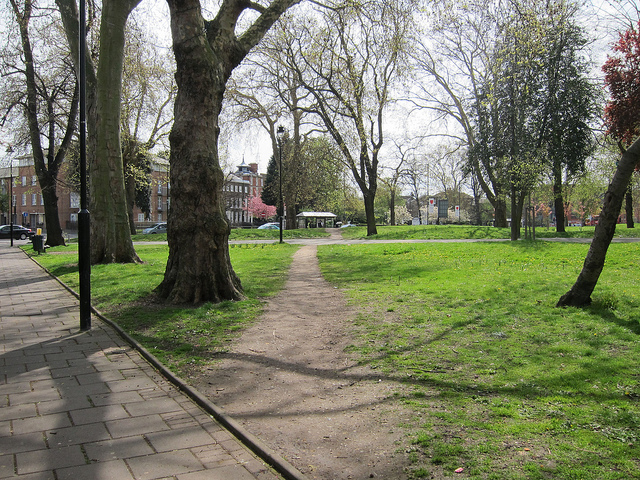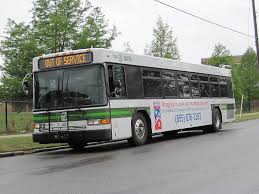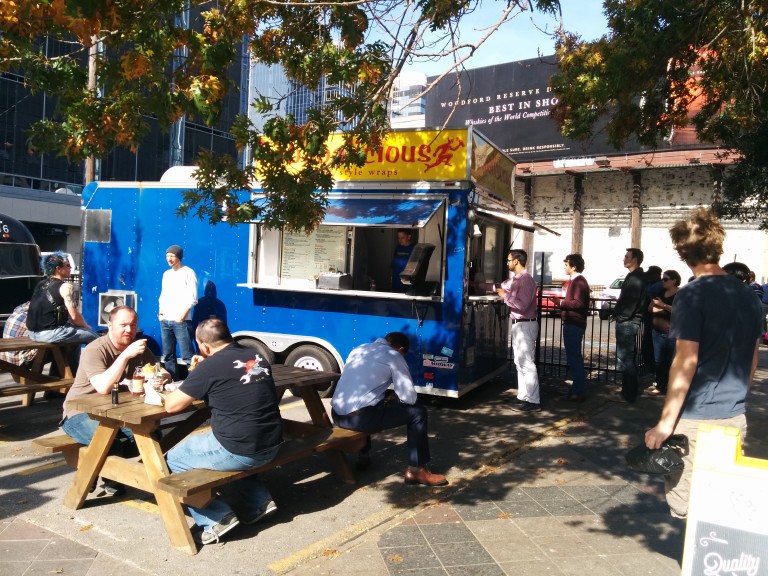Physical Address
304 North Cardinal St.
Dorchester Center, MA 02124
Physical Address
304 North Cardinal St.
Dorchester Center, MA 02124

Desire for Density is a new framework explaining how market prices form a desire path showing where the market could deliver more affordable housing than it presently is.?

Central Austin needs more housing. Prices have been rising, more and more people want to live where they have short commutes, but are only able to afford homes near the periphery. We have a long-term plan to alter our land development code in a way that would help…but our need is now. What options are available today? END PARKING REQUIREMENTS IN WEST CAMPUS Every year, West Campus adds more and more dense student housing, and, along with it, pedestrian amenities like wide sidewalks and street trees. A parking benefit district meters on-street parking with proceeds plowed back into neighborhood improvements. Surveys have shown the vast majority of West Campus students get around without cars. Allowing housing for students without parking could allow denser housing, lower construction costs, or allow more creative buildings that take advantage of unique lots. Removing minimum parking rules has already resulted in a few buildings downtown targeting markets that either don’t need cars or have other places to park them; this could be even more true in student-rich West Campus. REDUCE PARKING REQUIREMENTS NEAR TRANSIT ROUTES The same logic of reducing parking requirements applies outside the student market to apartments near transit routes. More and more people in Austin want to live car-free or car-light. That is easiest to do in buildings created with that lifestyle in mind–a step that can both reduce construction costs and allow room for improving other amenities. Long-term, if Austin wants to be a sustainable city, parking-free typologies should be allowed everywhere. However, in much of Austin, we wrongly treat scarce on-street parking as an endless “commons” rather than managing it as a scarce resource. This means that it may be wiser to improve incrementally–reducing off-street parking requirements, improving on-street parking management, and improving transportation options. IMPLEMENT THE DOWNTOWN AUSTIN PLAN New high-rise towers are being constructed in downtown Austin all the time–but downtown is more than just the Central Business District. […]

Every form of transportation has some unique considerations. Car drivers worry a great deal about parking near their destination–a consideration bus riders don’t need to think about. But, as transit consultant Jarrett Walker has written about, some considerations are universal. As Uber and Lyft have added carpool services, some people have noted that they can learn from traditional transit: https://twitter.com/jacksmithiv/status/635925087640793088 But what lessons go in the opposite direction? What can transit learn from Uber? LESSON 1: PAYMENT CONVENIENCE MATTERS When you get in an Uber, you don’t pay fare like you do on a bus. You just start moving. When you reach your destination, you don’t fumble for cash and wait for change like you do in a taxi. You just get out. This may seem like a small detail, but Uber riders frequently cite this convenience as giving the service a magical feeling. For the driver, the less time she spends accepting payment, the more time she can spend getting people around. Buses too can use off-board payment systems to relieve passengers of the headache of fumbling for their fare and waiting on 50 other passengers to each find and pay exact change. Typically, passengers get a proof of payment and fare inspectors will check a fraction of rides, much like meter inspectors check a fraction of parking meters. LESSON 2: THERE’S NO SUCH THING AS ENOUGH CUTTING WAIT TIMES With much fanfare, Austin introduced bus services that come every 15 minutes at peak times and every 20 minutes off-peak. For Uber, by contrast, a passenger waiting 15 minutes for service is considered a failure. Downtown pickup frequency was often under 3 minutes and even then, Uber still worked hard to cut wait times down. The company endures a huge amount of negative media and customer sentiment for “surge pricing,” all to make sure that whenever and wherever a passenger requests a car, one will show up in a couple minutes. At $1.25 to $2.50 per ride and […]
If you listen to a lot of bluegrass and country, you’d think cities were the worst thing that ever happened to humanity. J.D. Crowe and the New South ask why they ever left their plow behind to look for a job in the town: Hank Williams, Jr. thinks that you’ll only get mugged if you go downtown. If you keep watching, you find that this is exactly what happened to the narrator’s friend! Dave Grisman didn’t get mugged, but still found himself impoverished: Taylor Swift, on the other hand, can portray a positive side of cities: cosmopolitan places to escape bad relationships, meet new people with different life experiences, and grow your dreams. In White Horse, she reminds herself that small towns are difficult places for dreams to come true: In Fifteen, she describes a process where girls growing up in small towns can be encouraged not to dream big dreams (although she has moved on to bigger, better things, as she reminds herself): In Mean, she holds out the hope for city living as a way of escaping abusive relationships holding her back: When she finally reaches the big city (New York), she is overwhelmed with the possibilities. People come from all over the world, feel free to explore their sexual identities, remake themselves, and try to achieve their dreams: Real-life Taylor Swift is a fantastic example of somebody who achieved her dreams by moving to a specialized city, Nashville. The Music City has grown and evolved as a cultural and economic engine in country music that allows young people like herself to meet like-minded, skilled people to collaborate with. Good for Taylor Swift for recognizing that the same process means cities can allow for personal growth in other dimensions, by exposing people to others from all over the world and all walks of life. [Originally published on […]

Over the last decade, Austin has exploded with a food truck revolution. They are so popular that temporary food truck installations on empty lots are mourned when the lot becomes ready for development and the trucks move on. But, taste aside, why do they do so well? What can we learn from them? 1 Food trucks as small business schools Restaurants are notoriously risky businesses to start. Many people start this way because food is their passion, but discover that making delicious food is only one of many components to running a successful restaurant. Food trucks are an opportunity to start your own restaurant at a smaller scale, and with lower costs. Budding restaurateurs can refine their menu, learn the ropes, and figure out whether they’re cut out for this industry without blowing their entire life savings. 2 Food trucks as proving grounds Lenders know that restaurants fail often; this makes them hesitant to fund new ones. By giving owners a chance to prove themselves and their ability to successfully manage a business, food trucks provide a way for lenders to separate the wheat from the chaff prior to making a large loan. This means some restaurants can get funding that would never have received it otherwise. Austin has seen dozens of restaurants that started as food trucks, before eventually finding brick-and-mortar premises. 3 Food trucks as regulatory hack Food trucks are regulated in how they prepare their food, where they may locate, and what kind of signage they can use. However, their regulations are both lighter and more directly related to their business than the regulations for brick-and-mortar businesses. If a food truck on a small lot with some picnic benches decided they would rather build a permanent building with indoor seating, they not only must still comply with the health and safety regulations the city requires; they would also have to provide parking. […]
The Austin area has, for the 5th year running, been among America’s two fastest-growing major metro areas by population. Although everybody knows about the new apartments sprouting along transportation corridors like South Lamar and Burnet, much of the growth has been in our suburbs, and in suburban-style areas of the city. Our city is growing out more than up. How come? The desire for living in central Austin has never been higher. But Austin, like most cities, has rules that prevent new housing from getting centrally built. That makes it easier to buy and build on virgin land in the suburbs. Here are some of those rules. 1 MINIMUM LOT SIZE Historically, expensive houses were built on expensive, large lots; cheaper homes were built on smaller, cheaper lots. Austin decided that new houses can’t be built on small lots. Even if you want to build a small, cheap house, you still need a lot with at least 5,750 square feet. In central Austin, that costs a lot of money, even without the house! If somebody owns a 10,000 square foot lot, they aren’t allowed to split it into two 5,000 square foot lots and build two medium-sized houses, let alone three 3,333 square foot lots with three small houses, let alone three 3,333 square foot lots with triplexes! In 1999, Houston reformed its minimum lot size laws. Since then, environmentally-friendly central-city urban townhomes have flourished. 2 MINIMUM SITE AREA For areas that are zoned for apartments and condos, there is a cap on the ratio of number of apartments to lot size known as “minimum site area.” 3 IMPERVIOUS COVER MAXIMUMS Impervious cover is any surface that prevents water from seeping into the ground, including buildings, driveways, and garages. There is a cap on the ratio of impervious cover to lot size. 4 FLOOR-TO-AREA RATIO MAXIMUMS Floor-to-area ratios (aka FAR) maximums are a cap on […]